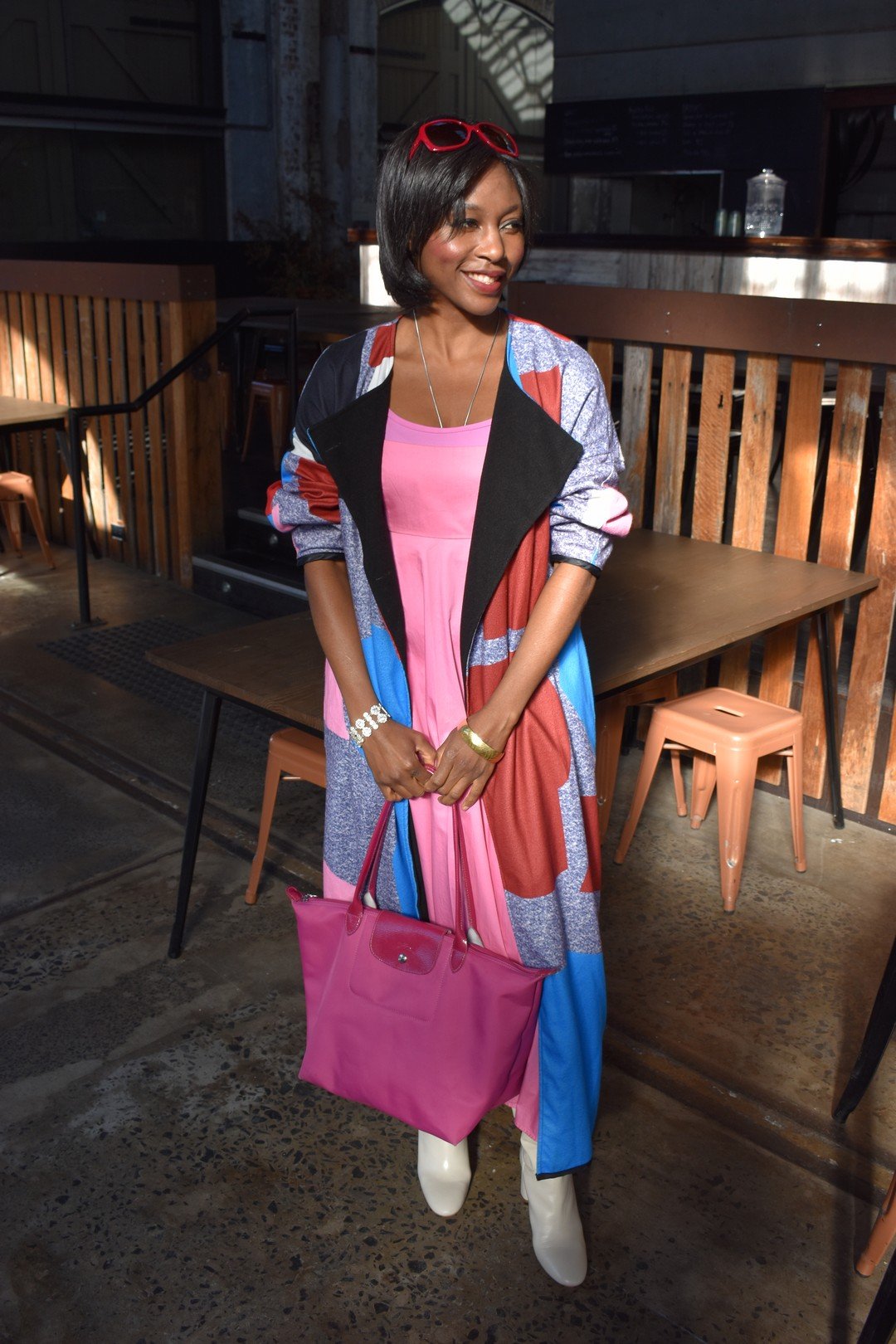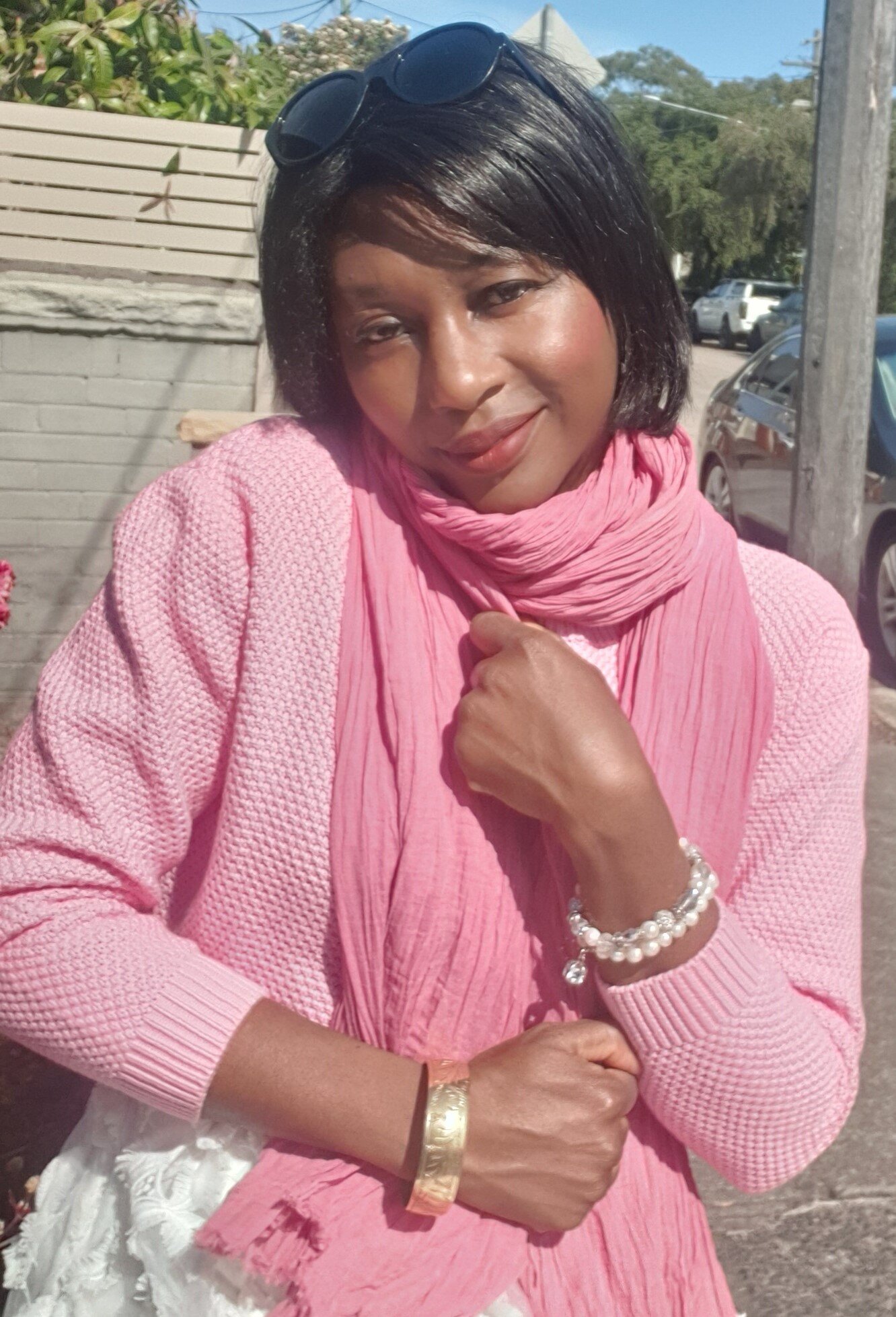This is the scarf that inspired me to raise my style games where scarves are concerned. It’s so pretty that I wanted to restyle it in several ways, with a couple of pink outfits. I used a 1980s retro-vintage pink dress, preloved pink coat, preloved pink jumper and preloved pink clutch purse. Why? Because having many different ways of wearing an accessory like this scarf inspires you to use your clothes more frequently which means you get more wear out of each item. You end up realising you don’t need to buy more clothes for different events and occasions in your life. Just restyle, mix and match pieces in your closet and play dress up in your own wardrobe! Ultimately if the majority of all of the fashion-loving world does this, we’ll have far less textile waste going to landfill.











